Not recd as per Picture on Website
Available 24/7
Available 24/7

 Save up to 15%
Save up to 15%
Peace Lily, Spathiphyllum - Plant The Peace Lily, scientifically known as Spathiphyllum, is a stunning houseplant celebrated for its elegant white...
View full details
 Save 18%
Save 18%
Combo Constituents Includes the Parijat Tree (Night-Flowering Jasmine), a culturally significant plant with fragrant flowers. Description The Pari...
View full details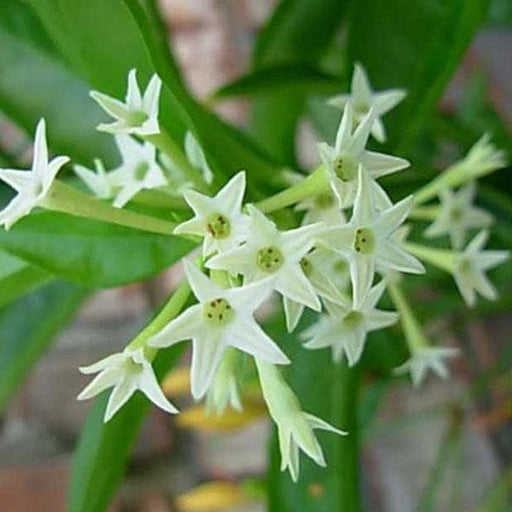
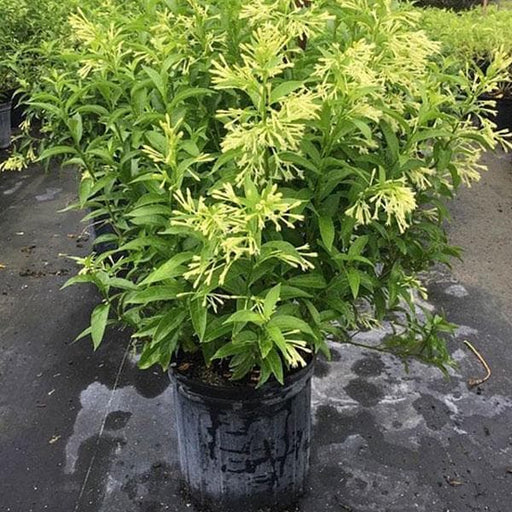 Save 25%
Save 25%
Description Raat Ki Rani (*Cestrum nocturnum*), also known as Night Blooming Jasmine, is a fragrant shrub native to the Caribbean and Central Ameri...
View full details
 Save 25%
Save 25%
Jasminum sambac, Mogra, Arabian Jasmine - Plant Jasminum sambac, commonly known as Mogra or Arabian Jasmine, is a fragrant flowering plant...
View full details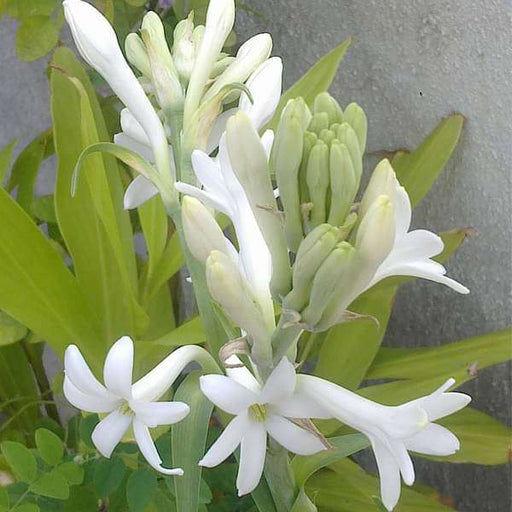
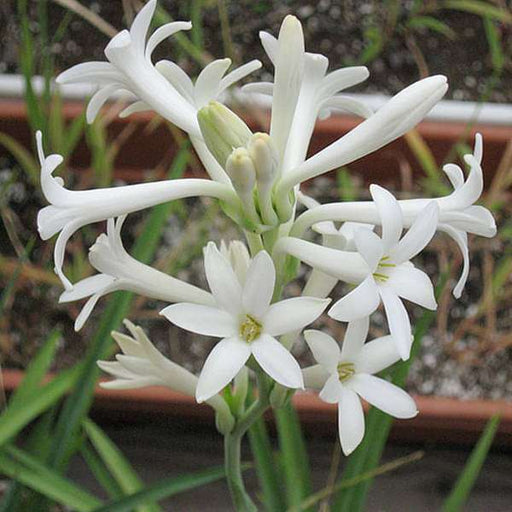 Save 17%
Save 17%
Rajnigandha, Tuberose - Plant The Rajnigandha, scientifically known as Polianthes tuberosa, is a captivating perennial plant renowned for ...
View full details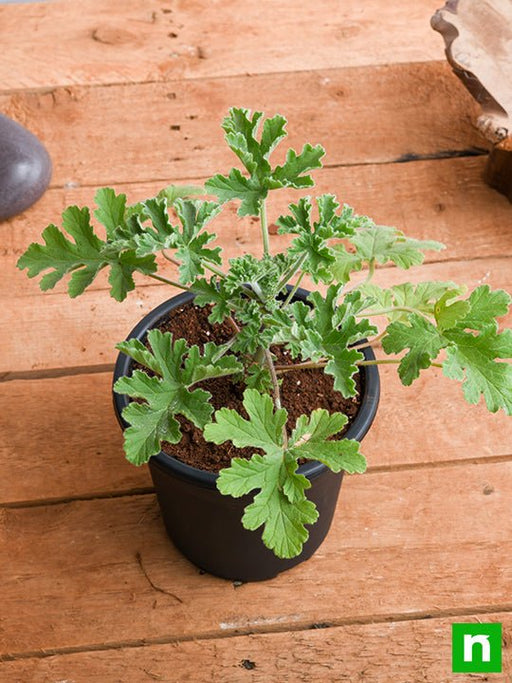
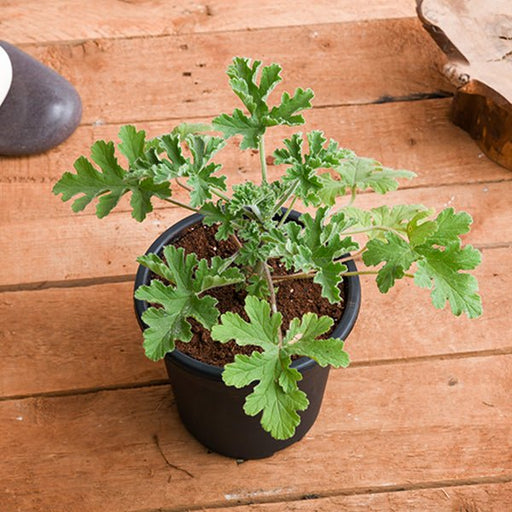 Sold out
Sold out
Citronella, Odomas - Plant The Citronella plant, scientifically known as Cymbopogon nardus, is a tropical grass renowned for its aromatic ...
View full details Save 25%
Save 25%
Damascus Rose, Scented Rose (Any Color) - Plant The Damascus Rose, also known as Rosa damascena, is a timeless symbol of beauty and romanc...
View full details
 Save 35%
Save 35%
Best 6 Plants for Perfect Indoor Garden Transform your living space into a lush oasis with our curated collection of the Best 6 Plants for a...
View full details
 Save up to 50%
Save up to 50%
Mini Succulent Garden Pack Transform your space with our Mini Succulent Garden Pack, featuring a delightful collection of 4 any variety beautiful s...
View full details
 Save 30%
Save 30%
5 Best Fragrant Plants Transform your garden or indoor space into a fragrant paradise with our curated selection of the 5 Best Fragrant Plants. Th...
View full details
 Save 24%
Save 24%
Set of 2 Bonsai Looking Grafted Adeniums Transform your indoor or outdoor space with our exquisite Set of 2 Bonsai Looking Grafted Adenium...
View full details Save 45%
Save 45%
Top 4 Die Hard Succulents Pack Transform your indoor or outdoor space with our Top 4 Die Hard Succulents Pack, featuring a curated selecti...
View full details
 Save 30%
Save 30%
5 Best Indoor Plants Pack Transform your living space into a lush oasis with our '5 Best Indoor Plants Pack.' This carefully curated collection fe...
View full details
 Save 25%
Save 25%
Set of 4 Evergreen Air Purifier Plant Pack Transform your indoor space into a lush, green oasis with our Set of 4 Evergreen Air Purifier Pla...
View full detailsDiscover our exquisite collection of Rubber Plants, scientifically known as Ficus elastica. These stunning indoor plants are celebrated for their glossy, dark green leaves and impressive height, making them a perfect addition to any home or office. Not only do they enhance your space aesthetically, but they also purify the air, contributing to a healthier indoor environment.
Rubber Plants are special for their resilience and adaptability. They thrive in various lighting conditions, from bright indirect light to low light, making them suitable for different settings. Their ability to grow tall and bushy allows them to serve as striking focal points in your decor, while their low maintenance requirements make them ideal for both novice and experienced plant enthusiasts.
Growing Rubber Plants is a rewarding experience. With proper care, these plants can grow up to 100 feet in their natural habitat, although they typically reach 6 to 10 feet indoors. Their unique history dates back to their origins in Southeast Asia, where they were once harvested for their latex. Today, they are cherished for their beauty and air-purifying qualities.
Ficus elastica, or the Rubber Plant, has a rich history dating back to its discovery in Southeast Asia. Initially valued for its latex, it has transitioned into a beloved houseplant worldwide. Its adaptability to various indoor conditions has made it a staple in homes, offices, and public spaces, showcasing its versatility and charm.
From an environmental perspective, Rubber Plants play a significant role in improving indoor air quality. They are known to filter harmful pollutants such as formaldehyde and benzene, making them an excellent choice for eco-conscious individuals. By incorporating Rubber Plants into your living space, you contribute to a healthier environment while enjoying the beauty of nature indoors.
Rubber plants are known for their low maintenance requirements, making them a popular choice for indoor gardening enthusiasts. To care for your rubber plant, make sure it receives bright, indirect sunlight and water it when the soil feels dry.
Rubber is a genus of plants that includes several different species, such as Ficus elastica and Ficus benjamina. Each plant has its own unique characteristics and care requirements.
Rubber plants prefer well-draining soil that is rich in organic matter. A mixture of potting soil, sand, and perlite is ideal for these plants.
Pruning rubber plants can help maintain their shape and promote healthy growth. Use sharp, clean pruning shears to remove any dead or damaged leaves and stems.
While rubber plants are generally easy to care for, they can be susceptible to pests such as spider mites and mealybugs. Regularly inspect your plant for signs of infestation and treat promptly if necessary.
Rubber plants do not require much fertilizer, but can benefit from occasional feeding during the growing season. Use a balanced fertilizer every 2-3 months to promote healthy growth.
Propagating rubber plants can be done through stem cuttings or air layering. Stem cuttings should be taken from a healthy plant and rooted in soil or water. Air layering involves creating a new plant by encouraging roots to grow on a section of stem while it is still attached to the parent plant.
Rubber plants prefer bright, indirect light. Avoid placing them in direct sunlight, as this can burn their leaves.
Rubber plants prefer high humidity levels and can benefit from being placed near a humidifier or misted regularly.
Rubber plants prefer temperatures between 60-80°F (15-27°C). Avoid placing them near cold drafts or hot air vents.
Rubber plants are toxic to pets and humans if ingested. Keep them out of reach of pets and children.
Rubber plants have large, glossy green leaves. Some varieties may have variegated or speckled leaves.
Rubber plants are native to Southeast Asia.
Rubber plants can range in size from small tabletop plants to large floor plants. Choose a size that fits your space and needs.
Rubber plants prefer to be on the moist side and can wilt if underwatered. Water when the top inch of soil feels dry and avoid letting the plant sit in standing water.
Rubber plants can produce small, inconspicuous flowers in the right conditions. However, they are primarily grown for their attractive foliage.
Rubber plants have a distinctive leaf pattern, with a glossy, dark green surface and a lighter, matte underside.
Pruning can also be used as a method of propagation for rubber plants. By taking stem cuttings and rooting them in soil or water, you can create new plants and expand your collection.
Rubber plants should be repotted every 1-2 years to provide fresh soil and room for growth. Choose a pot that is slightly larger than the current one and fill with fresh potting mix.
Rubber plants are often associated with abundance and prosperity.
Rubber plants, also known as Ficus elastica, are a popular houseplant with large, glossy leaves and a distinctive appearance.
Rubber plants require bright, indirect sunlight, regular watering, and occasional fertilization to thrive. They prefer well-draining soil and should be kept away from drafts and cold temperatures.
Rubber plants can be planted any time of the year in India, as they are primarily grown indoors.
Rubber plants require regular watering, as they prefer moist soil. Water them deeply once a week, depending on the weather conditions.
You can use a balanced, all-purpose fertilizer to feed your Rubber Plant. Apply it every two weeks during the growing season.
Rubber plants can tolerate low light conditions, but they prefer bright and indirect sunlight.
Prune your Rubber Plant regularly by removing any dead or damaged leaves and stems.
Rubber plants can be propagated through stem cuttings. Cut a healthy stem just below a leaf node and plant it in moist soil.
To prevent pests and diseases on your Rubber Plant, make sure to keep the soil moist but not waterlogged, and avoid overcrowding the plants. Use organic pesticides if necessary.
Rubber plants can live for several years if provided with proper care and maintenance.
Rubber plants can be kept indoors year-round in India, as they prefer warm and humid conditions.
Rubber plants can grow in shade, but they prefer bright and indirect sunlight.
Rubber plant cuttings should be planted in well-draining soil and kept moist until they root. They can then be transplanted into their permanent pot or garden bed.
Rubber plants can be grown outdoors in India, as long as the climate is warm and humid.
To control pests on your Rubber Plant, use organic pesticides and insecticidal soap. You can also manually remove any pests you see on the plant.
Yellowing leaves on Rubber plants can be a sign of overwatering or nutrient deficiencies. Check the soil moisture levels and fertilize the plant as needed.
To revive wilted Rubber Plants, make sure they are receiving adequate water and sunlight. Check the soil moisture levels and adjust your watering schedule if necessary. Pruning the plant can also help.
Transplant your Rubber Plant by carefully removing it from its current pot and replanting it in a larger container with fresh soil.
To make sure your Rubber Plant is not root-bound, repot it every 1-2 years and check the roots for signs of overcrowding.
To make sure your Rubber Plant is not overwatered, allow the soil to dry out slightly between watering and avoid waterlogging the plant.
To make sure your Rubber Plant is not under-watered, check the soil moisture levels regularly and water deeply when necessary.
Make your Rubber Plant bushier by pruning the stems regularly and providing it with adequate sunlight and nutrients.
Rubber plants should be kept indoors or in a warm, protected area during cold weather.
To make sure your Rubber Plant is not exposed to direct sunlight, place it in a spot that receives bright and indirect sunlight or use a sheer curtain to filter the light.
To make sure your Rubber Plant is not over-fertilized, use a balanced, all-purpose fertilizer and follow the recommended dosage on the package.
Rubber Plants can be grown in terrariums but may require additional care and maintenance to thrive.
Inspect your Rubber Plants for pests or signs of disease before bringing them home, and make sure to purchase them from a reputable nursery or garden center.
Yes, Rubber Plants are known for their air-purifying abilities, making them a great addition to any indoor space.
To make sure your Rubber Plant is not suffering from root rot, make sure to use well-draining soil and avoid overwatering the plant.
Yes, Rubber Plants can be grown hydroponically, but they may require additional care and maintenance to thrive.